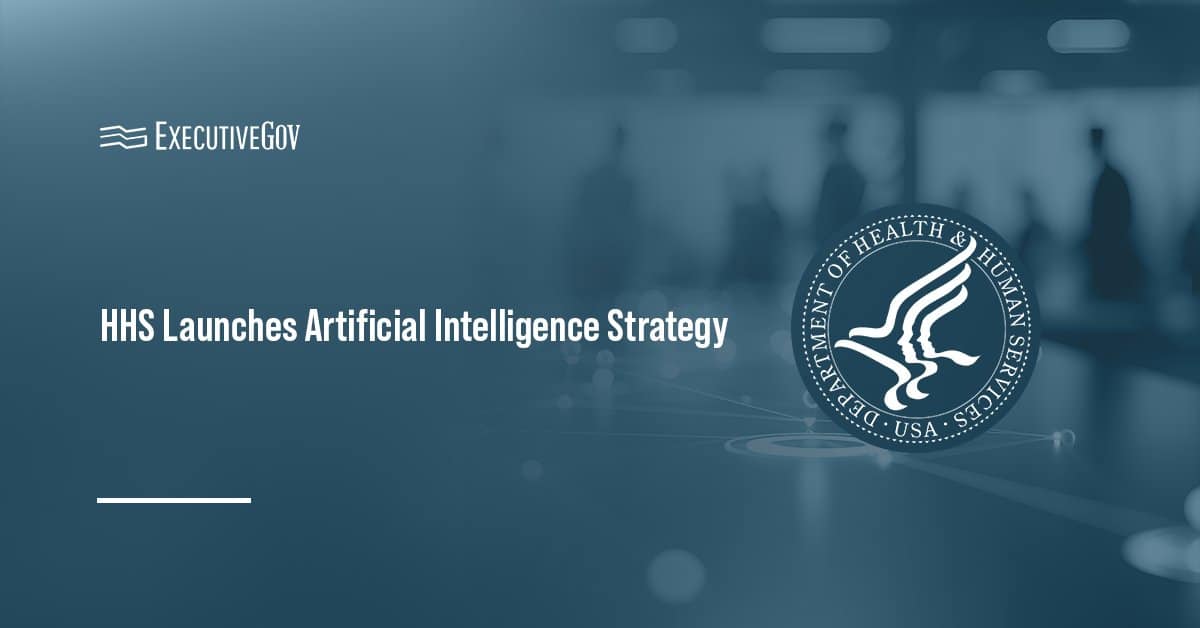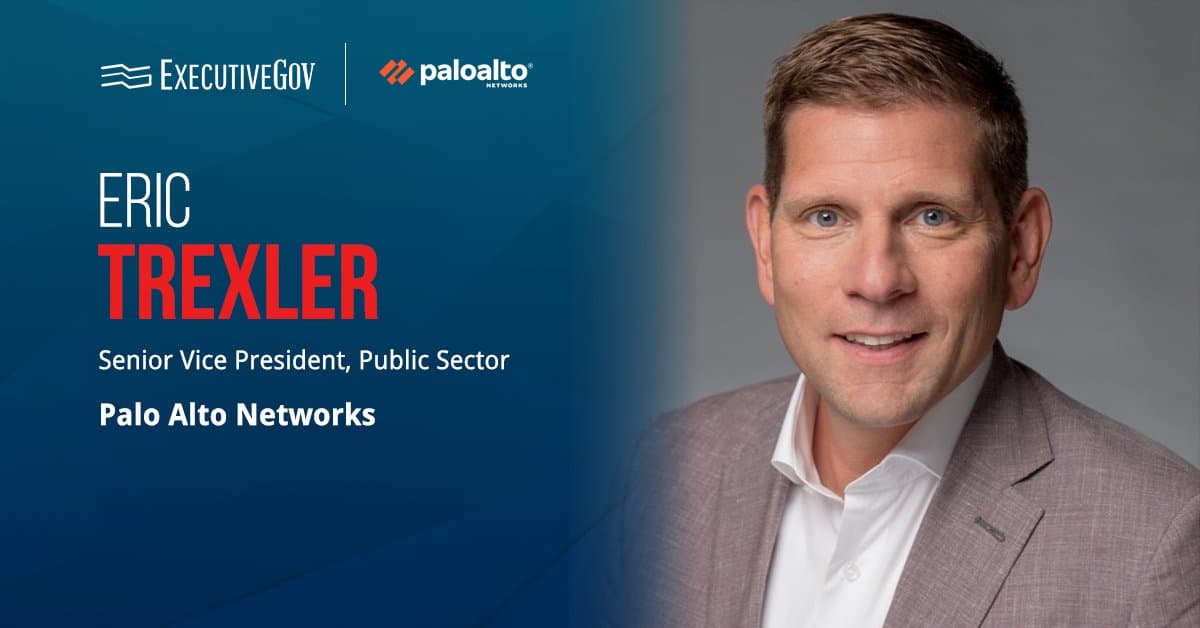Since 1880, global temperatures have been steadily rising at a rate of 0.14° Fahrenheit per decade. This phenomenon, referred to as “global warming,” has not always been an urgent issue. Yet for the past four decades, the rate at which global temperatures are rising has more than doubled to 0.32° F – with no signs of slowing down. The National Oceanic and Atmospheric Administration found that 2021 was the sixth warmest year on record, with global temperatures at 1.51°F above average.
Rising temperatures are not the only factor of concern in the issue of what is now widely referred to as climate change. Extreme weather events have been worsening in severity and frequency, glaciers have been shrinking and sea levels are on the rise. As the impacts of climate change continue to affect populations, cities and industries, the U.S. federal government is setting its sights on climate mitigation, adaptation and resilience to protect this and future generations.
However, three notable hurdles stand in the way of truly solving climate change:
Cost
According to NOAA, the U.S. alone has experienced over 300 individual weather events that have caused at least $1 billion in damages since 1980, culminating in a total of more than $2 trillion spent on climate response over the past forty years.
A report from Swiss Re, a Switzerland-based global reinsurance company, found that climate change could potentially reduce global economic output by 11 to 14 percent, amounting to a loss of $23 trillion annually by 2050 if net-zero emissions targets are not met.
Additionally, transitioning to a net-zero carbon emissions economy – a priority outlined in President Biden’s December 2021 executive order on clean energy – is expected to cost approximately $150 trillion by 2050, or $5 trillion per year over the next three decades, according to the International Energy Agency.
Emissions
This net-zero transition is not only costly but also logistically challenging, as federal agencies and industry target technologies that can help reduce emissions in multiple facets of organizational operations across the country.
Despite the steady trend of decreasing emissions across U.S. power plants over the past two decades, carbon dioxide emissions have seen an uptick in the last year. The Environmental Protection Agency reported a seven percent increase in CO2 emissions in 2021 compared to 2020 data. At just a 21 percent reduction from emissions in 1995, CO2 emissions are still a long way from net-zero.
Carbon offsets, a term that refers to the reduction or removal of CO2 and greenhouse gas emissions through carbon storage methods, are also expected to see a significant increase in cost over the next few decades in response to heightened demand from corporations and government.
BloombergNEF reported that carbon offsetting could see a fifty-fold increase in cost by 2050, resulting in prices as high as $120 per ton.
Policy
Due to a recent court ruling that blocked the Biden administration’s climate change cost calculations, almost 40 federal agency policies related to climate change are now being postponed or revised, The Hill reported Tuesday.
The White House’s calculations, which represent the real cost of climate change, guide government decisions like pollution regulation and resource extraction permits.
The Energy Department has identified 21 rules impacted by the court decision, and other agencies including the Transportation Department, the Interior Department and the EPA will have to delay or halt their climate actions and revise their policies.
In response to the ruling, the Interior Department has indefinitely paused new oil and gas leases and permits, The New York Times reported Sunday.
To effectively ensure the country’s climate change resilience, the protection of its citizens and its economic success, among a myriad of other critical priorities, the U.S. federal government must continue working to drive climate action through policies.
Join the Potomac Officers Club for the platform’s How Climate Policy Can Drive Change virtual event on Feb. 24 to hear from climate experts across industry, academia and government as they address some of the most pressing issues facing the United States’ climate response efforts today.

SAIC’s Chief Climate Scientist Steve Ambrose will lead the timely discussion focused on the role policy plays in accelerating climate change actions as environmental threats increase.
Register here for this week’s How Climate Policy Can Drive Change event!





